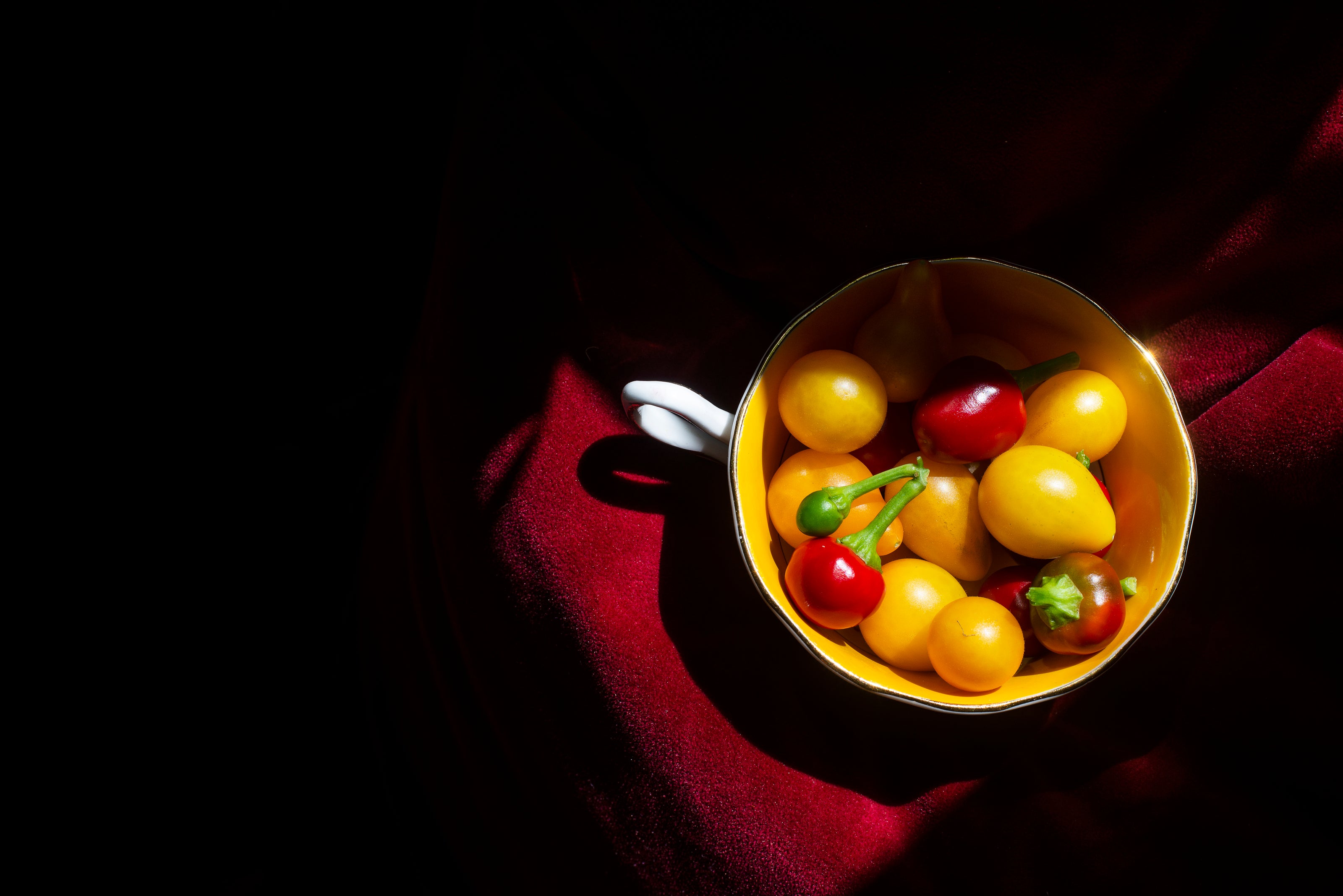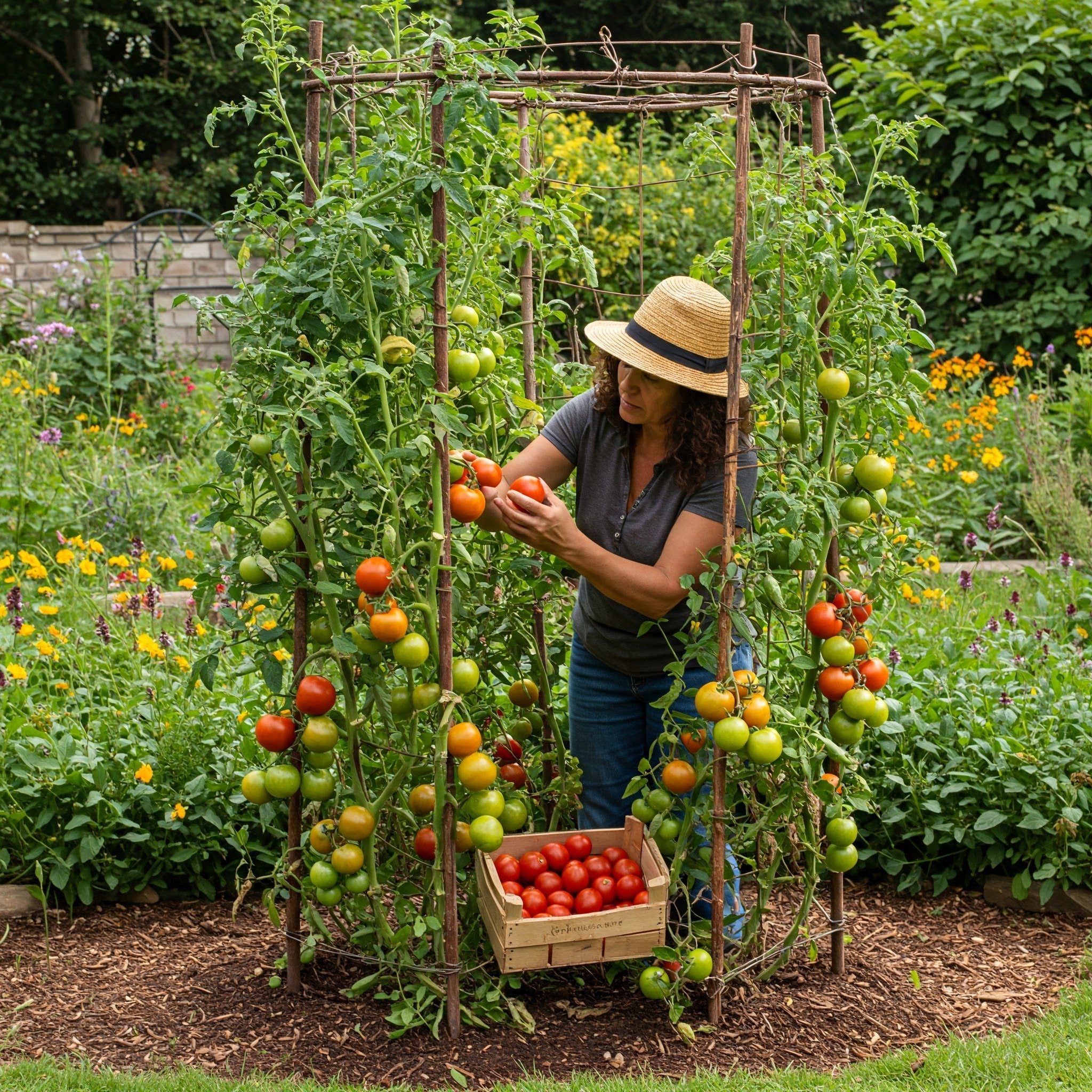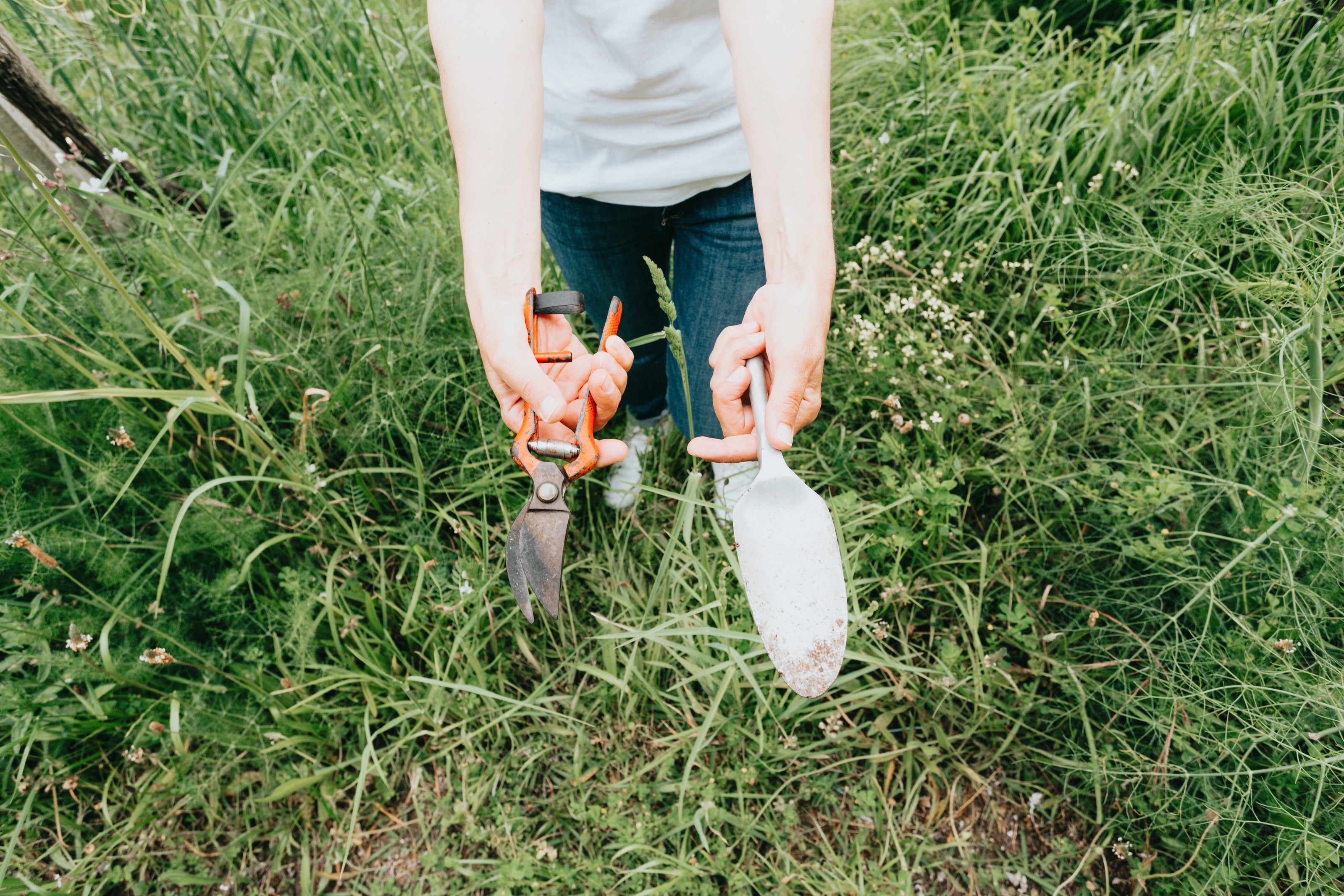3 Ways to choose the best tomato variety

Intended Use:
Slicing/Salads:
Look for large, meaty tomatoes with a balanced sweet-tart flavor. Brandywine, and Cherokee Purple are popular choices.
Sauce/Canning:
Opt for tomatoes with a high flesh-to-seed ratio and low water content. Cipollas Pride is excellent for this purpose.
Snacking/Cherry Tomatoes:
Choose small, sweet varieties that are perfect for eating straight off the vine. Black Cherry is a popular option.
Sandwiches:
A medium-sized tomato, with a good balance of juice and flesh is ideal.
New Girl and Abigail are good choices.
Growing Conditions
Climate: Consider your region's average temperatures, humidity levels, and growing season length. Some varieties are better suited for hot, humid climates, while others thrive in cooler regions.
Space: Determine how much space you have available for growing. Determinate
varieties grow to a compact size and produce all their fruit at once, while indeterminate varieties continue to grow and produce fruit throughout the season.
Sunlight: Tomatoes need at least 6-8 hours of direct sunlight per day. Choose
varieties that are known to perform well in your specific sunlight conditions.
Soil: Ensure your soil is well-draining and rich in organic matter.
Disease resistance: If you have had issues with soil-born diseases in the past, look for varieties that have disease resistance.
Personal Preferences
Flavor: Tomatoes come in a wide range of flavors, from sweet to tart to smoky. Consider what flavor profile you prefer.
Color: Tomatoes come in a variety of colors, including red, yellow, orange, purple, and even green. Choose
varieties that appeal to your visual preferences.
Size: Tomatoes range in size from tiny cherry tomatoes to large Woodstock tomatoes. Select varieties that are the appropriate size for your needs.
Days to maturity: This is how long it takes from planting the seedling to harvesting the first fruit. If you have a short growing season, choose a variety with a short time to maturity.
Benefits of Trellising: Ergonomics, Quality, Yield

Ergonomics (Gardener Comfort and Ease)
Reduced Bending and Stooping:
Trellising lifts the plants off the ground, minimizing the need to bend over for weeding, pruning, and harvesting. This is especially beneficial for gardeners with back pain or mobility issues.
Improved Accessibility:
Vertical growth makes it easier to access all parts of the plant for pruning, inspecting for pests or diseases, and picking ripe tomatoes.
Cleaner Harvesting:
Tomatoes grown on trellises are less likely to come into contact with soil, reducing dirt and potential rot.
Space Efficiency:
Vertical growth maximizes garden space, allowing you to grow more plants in a smaller area.
Quality (Fruit Health and Appearance):
Increased Airflow:
Trellising promotes better air circulation around the
plants, reducing the risk of fungal diseases like blight and mildew.
Improved Sunlight Exposure:
Vertical support allows for more even sunlight
distribution, leading to uniform ripening and better color development.
Reduced Soil Contact:
Keeping tomatoes off the ground minimizes the risk of
rot, pest infestation, and soil-borne diseases.
Less Fruit Damage:
Trellised tomatoes are less likely to be damaged by
slugs, snails, or other ground-dwelling pests.
Also less likely to be damaged by laying on the ground
and rotting.
Cleaner Fruit:
Splashing mud and debris from rain is greatly reduced.
Yield (Increased Production):
Trellising supports the plant's growth, allowing it to focus its energy on fruit production rather than supporting its own weight.
Increased Pollination:
Better airflow and sunlight exposure can improve pollination, leading to more fruit set.
Extended Growing Season:
Trellised plants are less susceptible to disease and damage, allowing for a longer and more productive growing season.
Easier Pruning and Suckering:
Because the plant is held up, it is much easier to see and remove suckers and prune the plant, leading to a much healthier and more productive plant.
More fruit per plant:
Because the plant is healthier, it will produce more fruit.
Tomato Pruning: A Quick Guide

Quick Guide
Pruning tomatoes boost yields and plant health. It's crucial to know your tomato type: determinate (bush) or indeterminate (vining). Indeterminate types require more pruning.
The main target is "suckers," shoots growing between the main stem and branches. Pinch these off when small. Remove lower leaves touching the soil to prevent disease. For indeterminate types, topping the plant late in the season focuses energy on ripening existing fruit.
Prune on dry days with clean tools. Avoid over-pruning. This improves airflow, sunlight, and fruit quality, leading to a better harvest.
